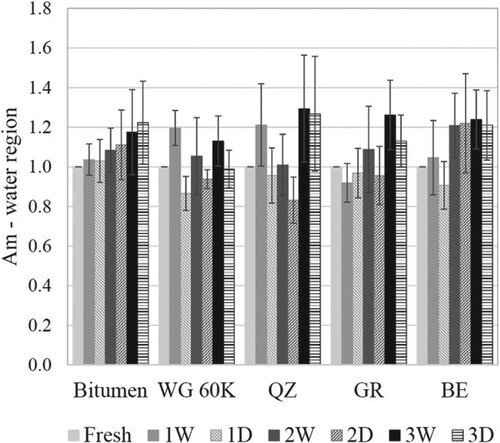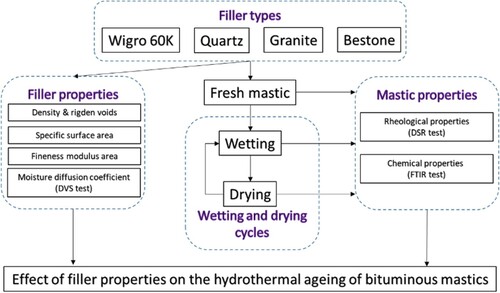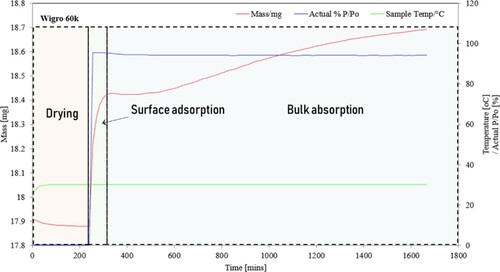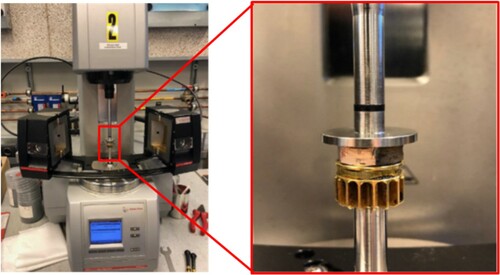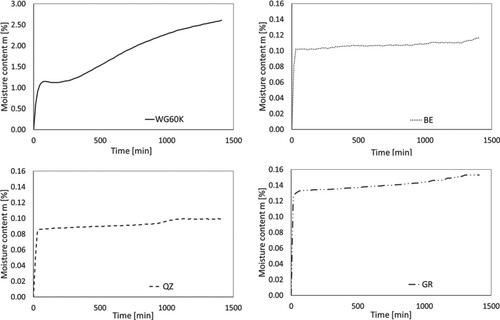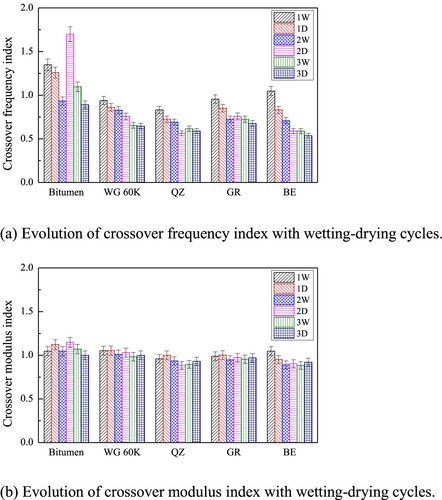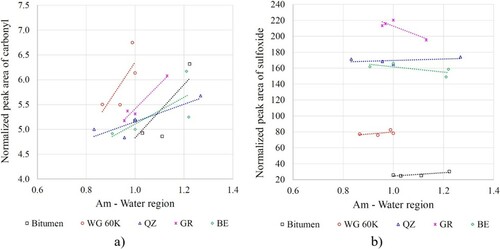Figures & data
Table 1. Physical properties of mineral fillers.
Table 2. Mineralogy of mineral fillers.
Table 3. Elemental composition of mineral fillers.
Figure 2. Operation principle of the Dynamic Vapour Sorption (DVS) device. (The image is reproduced with the permission of Surface Energy Measurement Systems, London, UK).

Figure 5. (a) FTIR spectrometer and (b) mastic sample on the crystal area of the FTIR-ATR top-plate.
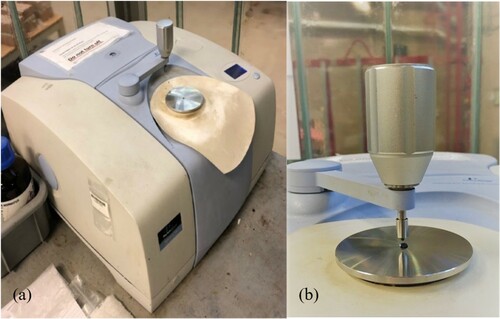
Table 4. Average particle radius and moisture diffusion coefficients of mineral fillers.
Table 5. CAM model parameters of bitumen and mastics at different hydrothermal conditions.
Figure 9. Change in crossover modulus (G_cros, conditioned/G_cros, fresh) and crossover frequency (f_cros, conditioned/f_cros, fresh) after three wetting-drying cycles versus the moisture diffusivity of fillers.
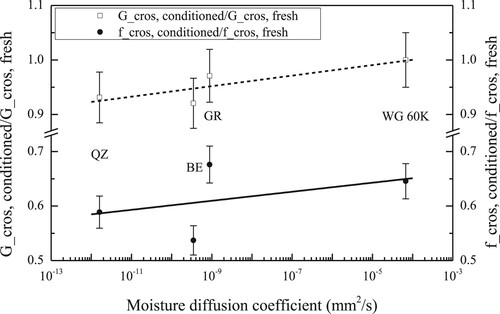
Figure 10. Changes in crossover modulus and frequency after wetting-drying cycles and their relation to the physical properties of mineral fillers.
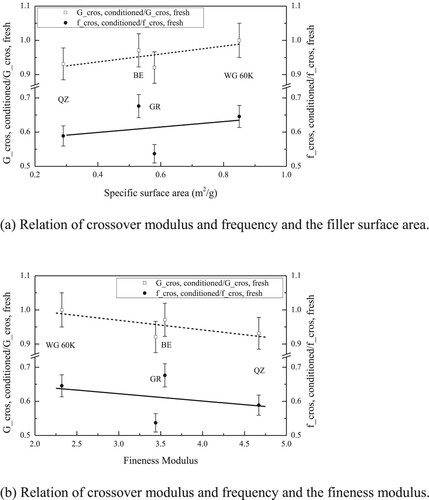
Table 6. Mean, SD and SE values of the normalised areas in water region evaluated at different conditioning states.
Figure 11. Calculated Am areas of FTIR spectra in the water absorption region of bitumen and bituminous mastics at dry (fresh) state and after each wetting or drying phase.
